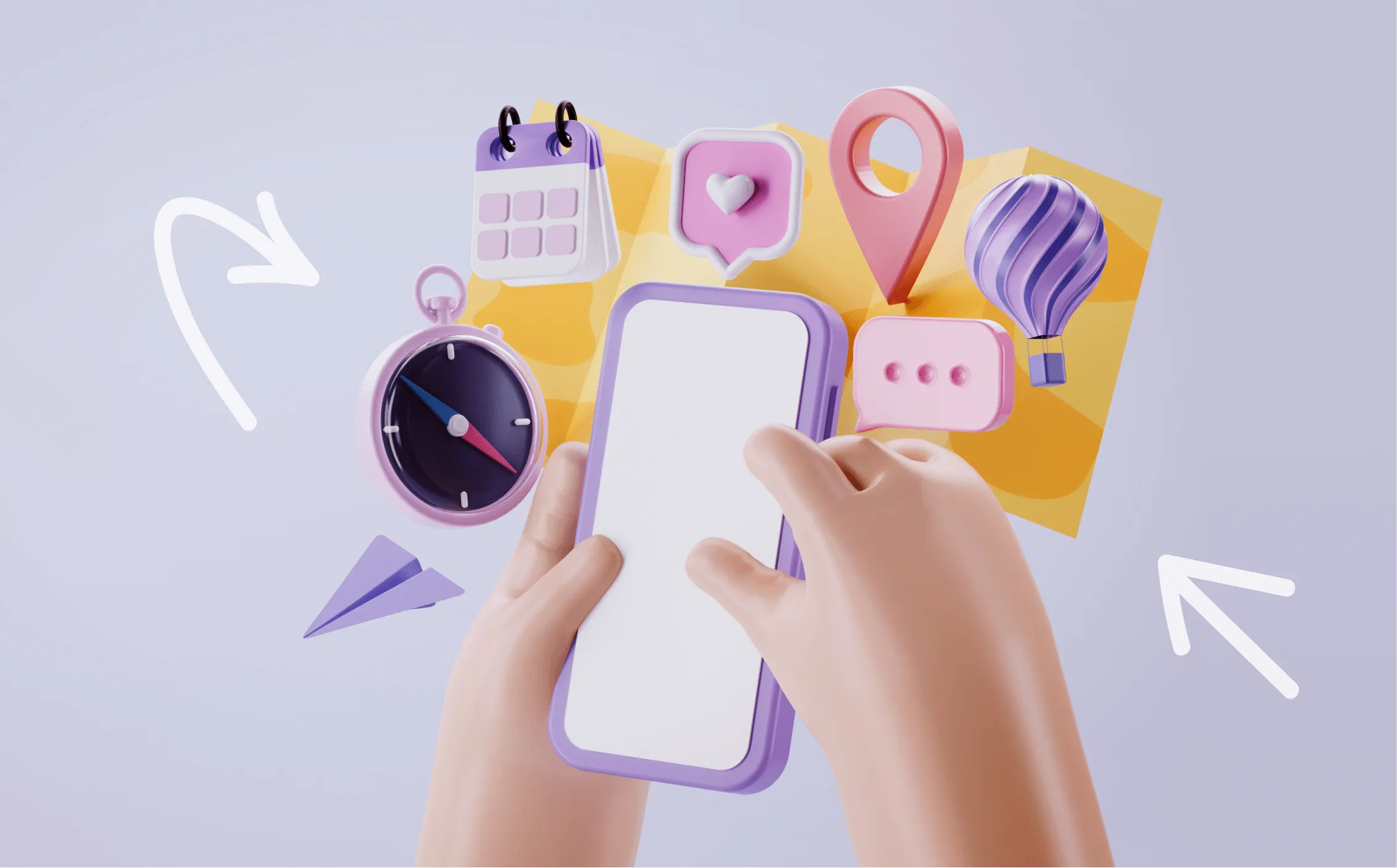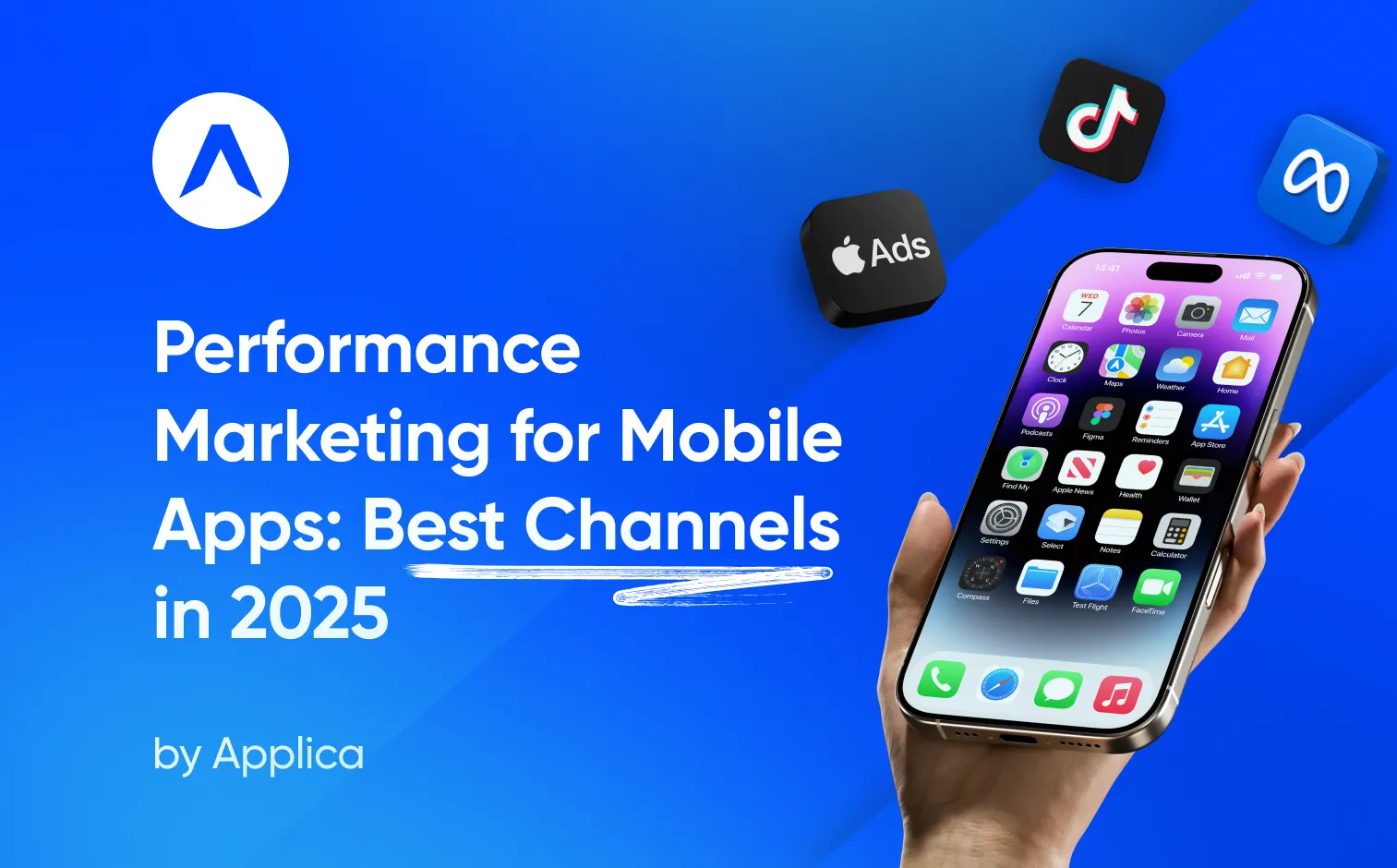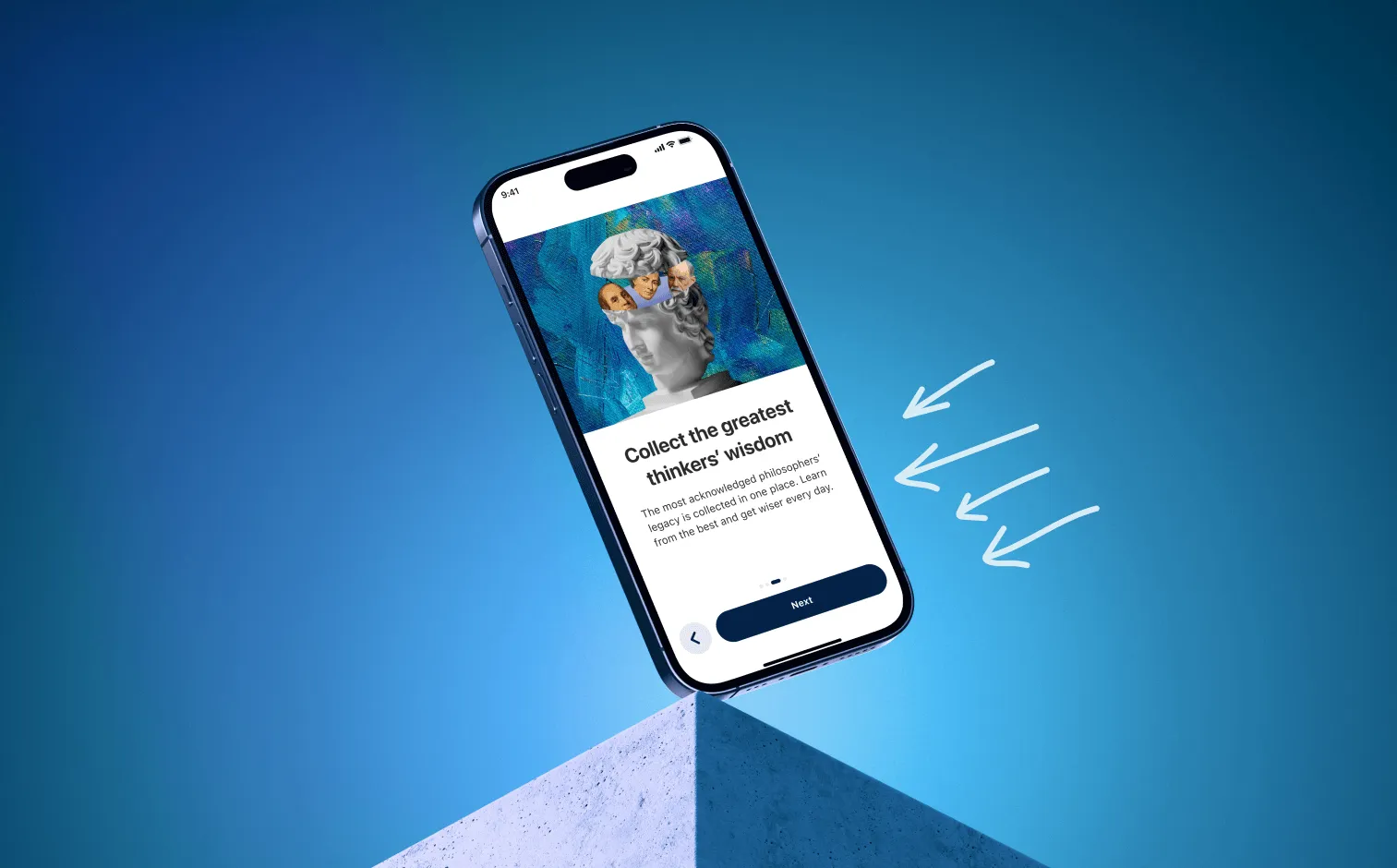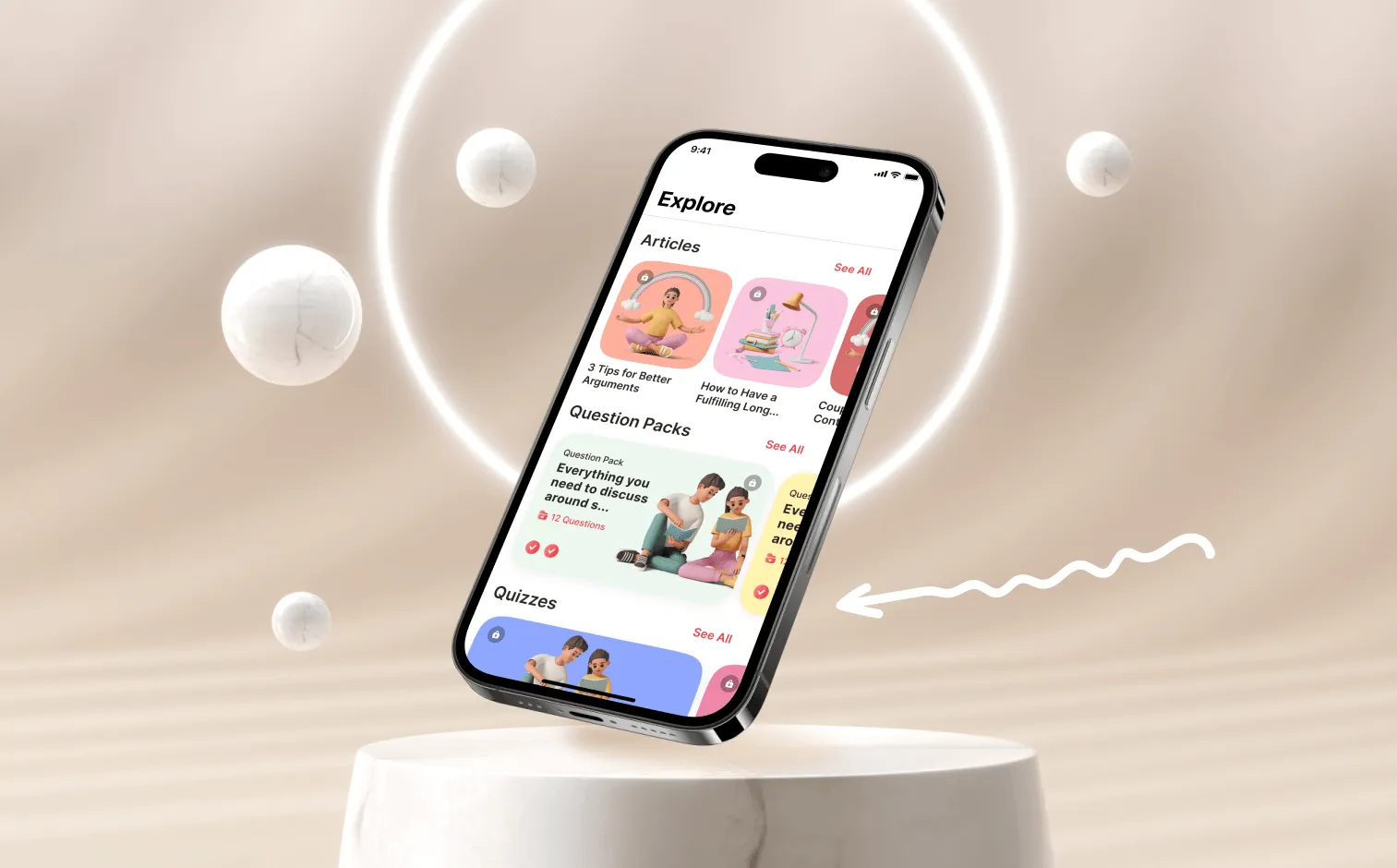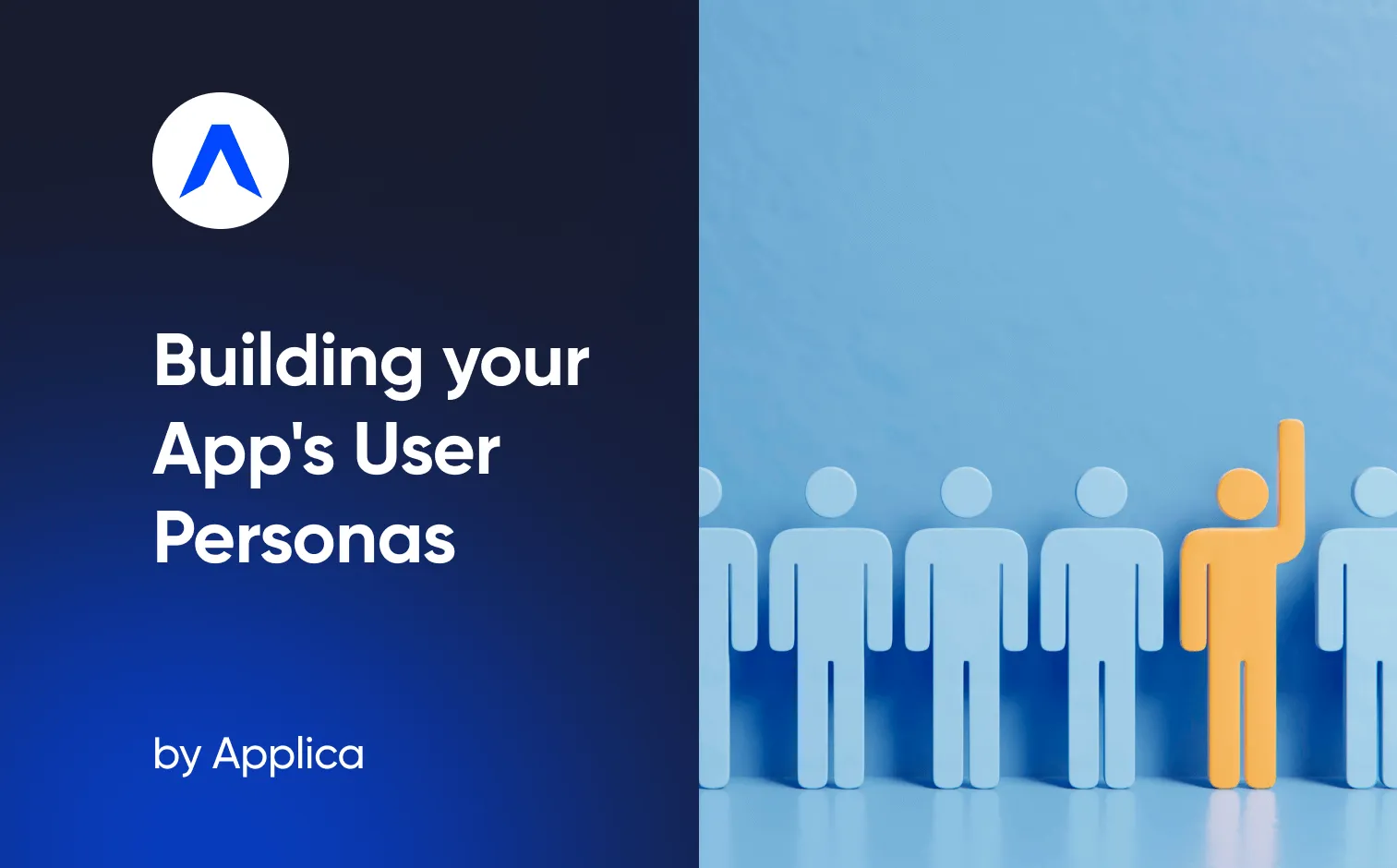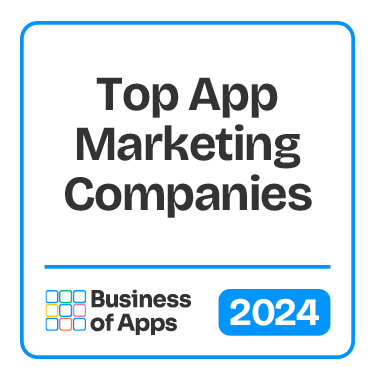What is App Monetization?
App monetization is the process of earning revenue from an app or mobile game. It can be done through a variety of ways including in-app purchases, advertisements, subscriptions, and other forms of paid content. App monetization is a key strategy for app developers who want to make money from their apps. It allows them to generate income from their apps, which can help them turn a profit, fund their development costs, and pay for marketing campaigns.
In-app purchases are the most popular forms of monetization of apps. This involves offering users virtual goods or services that can be purchased within the app. This can include in-game currency, items, and upgrades. Ads are another popular way to monetize apps. Ads can be displayed within the app, and users can be rewarded for watching ads or engaging with them. Subscriptions are another way to monetize apps, where users pay a fixed fee or recurring membership fee to access additional content or features.
App monetization can also be used to reward users for engaging with the app and participating in activities. For example, game developers may offer rewards to users who reach a certain level or complete certain tasks. Additionally, developers can offer rewards to users who refer friends or family to the app or make in-app purchases.
Overall, app monetization is an important strategy for app developers looking to generate revenue from their apps. It can help fund development costs, pay for marketing campaigns, and even turn a profit. It is important to find the right mix of monetization strategies that work best for each app developer.
Is There a Difference Between App Monetization on iOS vs Android?
When it comes to monetizing your app, there is a distinct difference between iOS and Android. iOS, being a closed system, has a more limited number of revenue streams available to developers. This includes in-app purchases, subscriptions, and ad-based revenue. This makes it more challenging for developers to monetize their apps, and they must be creative in order to maximize their profits. On the other hand, Android, being an open system, has a wider range of options when it comes to app monetization. This includes the same options as iOS, but also the ability to create premium versions of their apps that can be purchased through the Google Play store. Additionally, Android offers more flexibility when it comes to ads, allowing developers to display ads in a variety of ways and customize them to better suit their target audience.
Ultimately, both iOS and Android offer viable monetization strategies for developers. However, Android’s open system gives developers more options and flexibility, making it the preferred choice for many developers and businesses. With the right strategy and creative thinking, developers can maximize their profits regardless of platform.
Paid VS Freemium: Differences Between the Monetization Methods
The freemium monetization model works well for businesses as it allows customers to test out the product or service before making a commitment to purchase it. This gives customers the opportunity to decide if the item or service is right for them, while also allowing the business to generate revenue from the customers who decide to purchase it. The freemium monetization model is a great way for businesses to provide value to their customers while also making money. Additionally, it allows targeting potential customers who may not be ready to make an immediate purchase, but who may become customers down the line.
Freemium monetization allows companies to test different pricing strategies, as users can upgrade when they are ready to do so. This model also gives companies the ability to introduce new features to their users and encourages them to upgrade to the premium version in order to access these features.
The idea is to let users try the product to see how it works and how it can benefit them before they decide to purchase the full version. Customers who find the free version useful and enjoyable tend to upgrade to the full version, which means increased revenue for the company. Additionally, the freemium model has been proven to reduce customer acquisition costs, increase customer lifetime value and create a loyal customer base.
Paid model monetization is another popular monetization method used by many businesses. This method involves charging users a fee to access content or services. This could include subscription fees, pay-per-view models, or pay-per-download models. This type of monetization is beneficial since the revenue is predictable and can be very profitable in the long run. Additionally, it helps build a more direct connection with their customers and can help them to better understand their target audience.
App Monetization Strategies
There are numerous ways how to monetize a free app. App monetization strategies can include in-app purchases, freemium models, subscriptions, advertising, or any combination of these. App monetization is an important part of the app development process and can be an effective way to increase profits and extend the lifespan of the app. Let’s look at what exactly you can implement.
Subscription Monetization Strategies
Subscription monetization strategies for apps involve creating a revenue stream by offering customers a recurring or continuity subscription model for products or services. This model can be used for both physical and digital products. Companies can use subscription models to create long-term revenue streams, provide convenience to customers, reward loyalty, and drive recurring customer engagement. Some popular strategies include free trial offers, tiered pricing models, subscription boxes, and subscription discounts.
Companies should consider their target audience, customer lifetime value, and the value of their products when developing their subscription monetization strategies. With subscription monetization, companies can manage inventory and customer service costs better, as well as gain valuable insights into customer behavior.
This model can be used for both physical and digital products to create a more predictable income stream. Popular app monetization methods include free trial offers, tiered pricing models, subscription boxes, and subscription discounts.
Freemium
Offer a basic version of the app for free and charge for premium features.
Paywall
Require users to pay for access to the app or certain content. This could be a one-time fee, a subscription-based fee, or a pay-per-use fee. By doing this, you can limit access to premium content or features and monetize your app. This strategy can help you generate more revenue and increase user loyalty. Additionally, this strategy can be used to reduce the amount of fraudulent activity that occurs in your app.
In-App Purchases
Offer users the ability to purchase items or services within the app. This can be used to unlock additional content, purchase virtual goods, and more. This strategy is often used in mobile games and other apps, as it allows users to pay for additional features or content without leaving the app. Additionally, in-app purchases can be used to offer subscription-based services or to provide additional value to users.
Subscription
Require users to pay an ongoing fee to access the app or certain content. This ongoing fee can be charged on a monthly, quarterly, or yearly basis. The subscription strategy can be used to create recurring revenue and can be used to offer exclusive content and features. Subscription-based apps can be beneficial for businesses because they provide a steady stream of revenue. Additionally, customers benefit from having access to content or services for a set period of time without having to make a one-time payment.
Advertising
Show ads within the app and receive revenue from ad impressions. This can include display ads, interstitial ads, rewarded ads, or native ads. The revenue generated from this strategy is typically CPC (Cost Per Click) or CPM (Cost Per Mille/Thousand).
Sponsorship
Partner with a company to fund the app in exchange for promotion. This could include in-app ads, product placements, link placements, and more. You can also offer the company exclusive discounts or promotions to users of the app, or offer them exclusive content. The company will pay you a percentage of the revenue generated from their sponsorship. You can also create a tiered or subscription-based model, where companies pay a set amount for a certain level of promotion or access.
Donation Model
Ask users for a voluntary contribution to help support and monetize app. This allows users to continue using the app without ads but encourages them to make a donation to help support the development of the app. This donation model is effective because it allows users to choose how much they want to donate, while still providing them with a service they may not be able to get elsewhere. Additionally, it gives users a sense of ownership over the app, as they become invested in its success.
White Label Model
Sell a branded version of your app to other companies. These companies then use your app to promote their own brand, and they pay you a fee for the license. This allows you to earn revenue without having to build your own customer base or marketing strategy. You can also use this strategy to create additional revenue by offering premium features and services to your white-label partners.
Advertising Monetization App Strategies
We have already mentioned some of these strategies; time to look at them in detail.
In-App Ads
In-app ads monetization involves embedding ads into the app, which users can then interact with to purchase products or services.
The first step to creating an effective in-app ads monetization strategy is to determine which type of ads to display. There are several different types of ads, such as banner ads, interstitial ads, native ads, video ads, and more. Each type of ad has its own advantages and disadvantages and should be chosen based on the purpose of the ads and the app’s target audience.
The second step is to determine the optimal ad placement. The placement of ads should be carefully considered and should take into account user experience, device type, and the app’s overall design. Ads should be placed in areas that are visible but not intrusive, such as the top or bottom of the screen.
The third step is to optimize for ROI. This involves testing different ad types and placements to determine which ones generate the most revenue. It is also important to keep an eye on user engagement, as ads that are ignored or skipped over can have a negative impact on overall ROI.
Finally, it is important to monitor the results and adjust the strategy accordingly. This can involve changing ad types, placement, or targeting to ensure that the ads are effective and generating revenue.
In-app ads monetization can be a successful strategy for app developers, but it requires careful planning and optimization to get the most out of it. By following the steps outlined above, app developers can create an effective and profitable in-app ads monetization strategy.
Banner Ads
Banner ads help to maximize the revenue potential. The goal of this strategy is to ensure that the ads are being seen by the right people, at the right time, with the right message, and that the ads are being clicked on.
One of the key elements of banner ads monetization strategy is targeting. This requires identifying the audience that is most likely to engage with the ad and delivering the ad to them. This can be done through segmentation, which involves breaking down the audience into smaller, more focused segments. Targeting also requires identifying the right channels to deliver the ad to the target audience, such as websites, apps, and social media platforms.
Another important element is optimizing the ads. This involves testing different ad placements, sizes, formats, and creatives to ensure that the ad is as effective as possible. It also involves tracking the performance of the ads to determine which ones are more successful and which ones need to be tweaked or replaced.
Finally, this strategy also involves setting the right pricing for the ads: determining the right amount to charge for each impression, as well as setting the right CPM (cost per thousand impressions).
By following the above steps, businesses can ensure that their banner ads are reaching the right people, at the right time, with the right message, and generating maximum revenue.
Interstitial Ads
Interstitial ads monetization strategy is a form of advertising that displays an advertisement on a web page or mobile app, usually at natural transition points between content. These ads are often used by companies to increase brand awareness, promote their products and services, and monetize their websites and mobile applications.
The key is to use them in the right places. For example, you should avoid interrupting a user’s experience with an ad while they are in the midst of a task. Instead, you should place the ad at natural breaks in the user’s journey, such as when they are transitioning from one page to another, or between levels in a game.
Another important factor to consider is the frequency of your ads. You should aim to strike a balance between providing enough ads so that you can generate revenue, but not so many that the user experience is disrupted.
The content of your ads should be relevant to your audience. This means that you should be using demographics and interests. You should also ensure that the ads are visually appealing and contain a clear call to action.
Native Ads
Native ads are a method of monetizing content that matches the look and feel of the website or platform it’s being displayed on. This type of advertising is becoming increasingly popular as it is less intrusive than traditional display ads and can be seen as a more natural way to promote products or services.
The key to a successful native ads monetization strategy is to ensure that the ads are placed in the right place and at the right time. This means that the ad should be placed within the context of the content on the website or platform, and should also be targeted to the right audience. For example, if you’re advertising a product or service that is targeted toward millennials, it is important to make sure that the ad is placed within content that is relevant to them.
Once you have established the right placement for your ads, you need to consider how to optimize for maximum revenue. This includes setting up a pricing structure for the ads, ensuring that you are targeting the right audience, and making sure that the ads are engaging and relevant to the content.
Keep track of the performance so you can identify any areas that need improvement as well as the most successful ad placements.
Sponsorship & Affiliate
Sponsorship and affiliate are the key elements of any successful digital marketing strategy. Sponsorship involves partnering with a business or organization to promote their products or services in exchange for a fee. This can be done through direct marketing efforts such as ads, press releases, and email campaigns, or through indirect measures such as SEO and social media marketing.
Sponsorship and affiliate are the key elements of any successful digital marketing strategy. Sponsorship involves partnering with a business or organization to promote their products or services in exchange for a fee. This can be done through direct marketing efforts such as ads, press releases, and email campaigns, or through indirect measures such as SEO and social media marketing.
When it comes to implementing both strategies, it’s important to choose partners and affiliates that are relevant to the target audience. This helps ensure that the products or services being promoted are really of interest and that the content being shared is likely to generate sales. It’s also important to track the success of each campaign to ensure that the strategies are producing the desired results.
By targeting the right audience and tracking the success of each campaign, these strategies can help generate additional revenue for businesses and organizations.
In-App Purchases (IAP)
In-App Purchases is the most common app monetization strategy, where users pay for additional features, virtual goods, or unlock certain levels. This strategy is particularly effective in games, so users can purchase virtual or physical goods within the app, such as virtual currency, bonus levels, extra lives, bonus items, and upgrades. It can also be used in other types of apps, such as photo editing or productivity apps, where users can purchase additional features or tools to make the most out of the experience that the app offers.
IAPs can be one-time purchases or subscriptions and can come in a range of prices, from a few cents to several dollars. App developers often set up IAPs to give users the option to purchase more of what they enjoy in the app, while also providing additional revenue to the developer.
IAPs are typically handled through an app store's payment processing system, such as Apple's App Store or Google Play. This allows users to make purchases using their existing payment methods, such as credit cards or PayPal.
When designing IAPs, it's important to keep in mind the user experience. IAPs should be intuitive and easy to understand, and should not interfere with the user's experience. Additionally, it's important to make sure that IAPs are not overpriced, or else users may be discouraged from making purchases.
In-app purchases can be a great way to monetize an app, as users are more likely to pay for features they deem valuable. However, it’s important to make certain that the app is designed in such a way that users are not overwhelmed or discouraged by the number of in-app purchases available. It’s also important to provide a clear explanation of what users are getting for their money.
App Monetization Strategies Best Practices
App monetization strategies best practices for maximizing revenue and user engagement include:
- Utilizing ads: Ads can be an effective way to generate revenue from your app, but it is important to make sure that ads are unobtrusive and do not detract from the user experience.
- In-app purchases: Offering in-app purchases can be an effective way to monetize your app, as users can purchase additional content or features.
- Paid subscriptions: Users can subscribe to your app in order to gain access to premium features.
- Freemium model: A freemium model is one in which users can access the basic features of the app for free, but must pay to access more advanced features.
- Selling virtual goods: Another way to monetize your app is to sell virtual goods such as coins, power-ups, or other items.
- Affiliate marketing: Affiliate marketing involves partnering with other companies to promote their products or services within your app.
- Sponsorships: Sponsorships are a great way to monetize your app, as you can receive payment for featuring a company’s products or services within your app.
- Collecting data: Collecting data from your users can be a great way to monetize your app, as you can use this data to better understand your user base and target ads more effectively.
- Targeting users: Targeting users with relevant ads can be an effective way to monetize your app.
- Leveraging partnerships: Partnering with other companies can be an effective way to monetize your app, as you can receive payment for promoting their products or services.
The Bottom Line
A strong monetization strategy is the cornerstone of any successful app. By taking the time to carefully plan and execute your monetization strategy, you can ensure that your app earns the maximum amount of profits. With the right strategy, you can maximize your app’s income and create a successful business for years to come.



